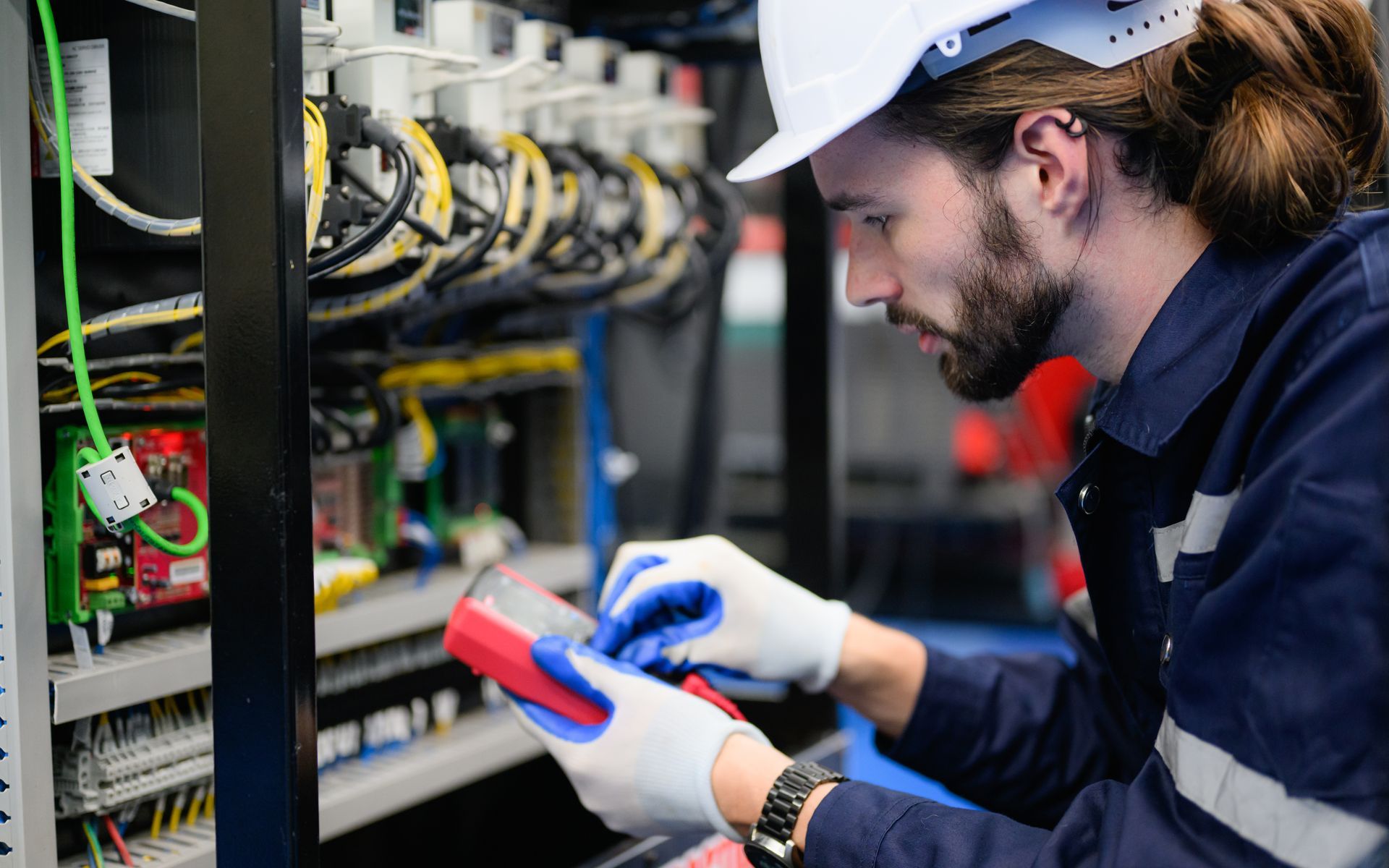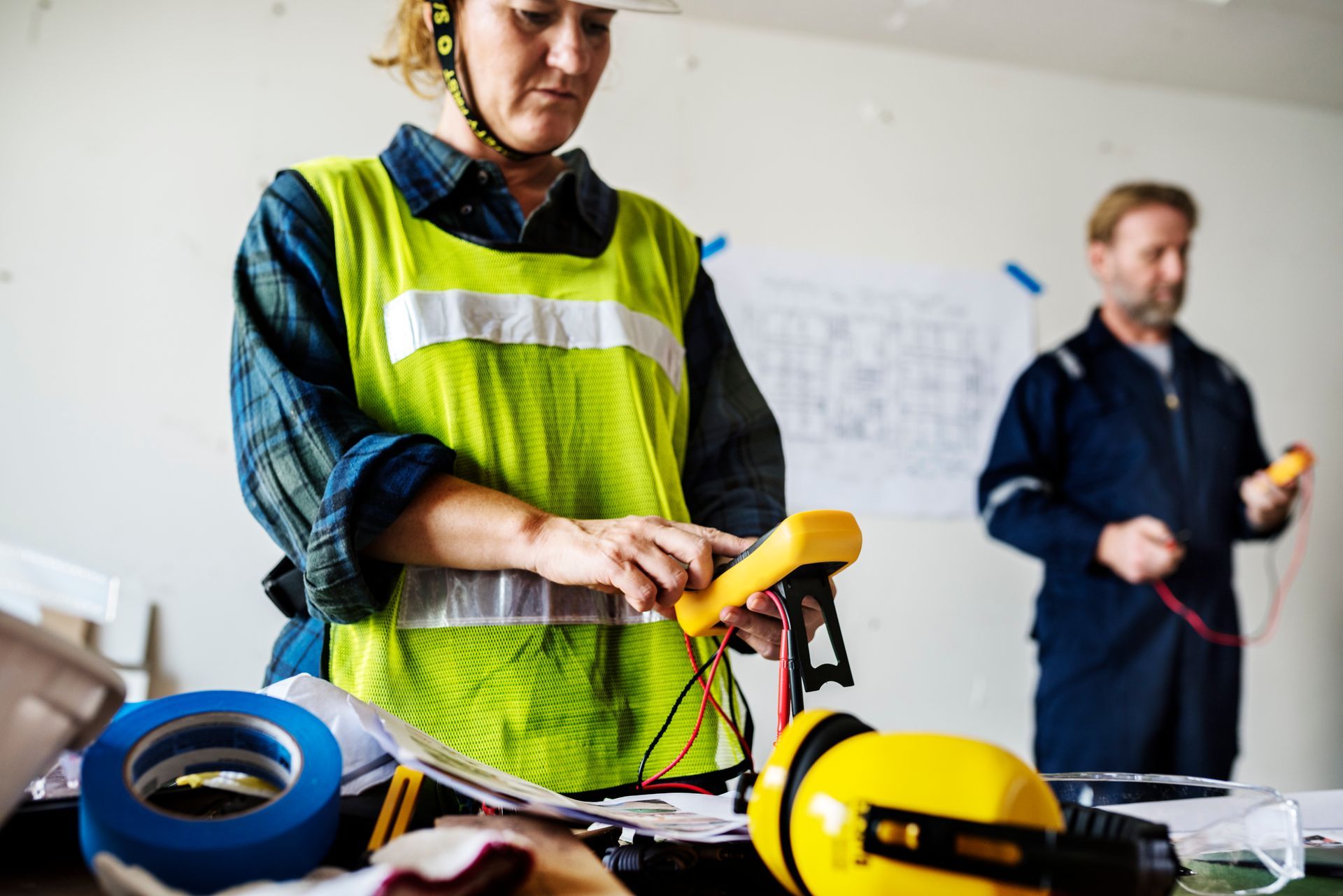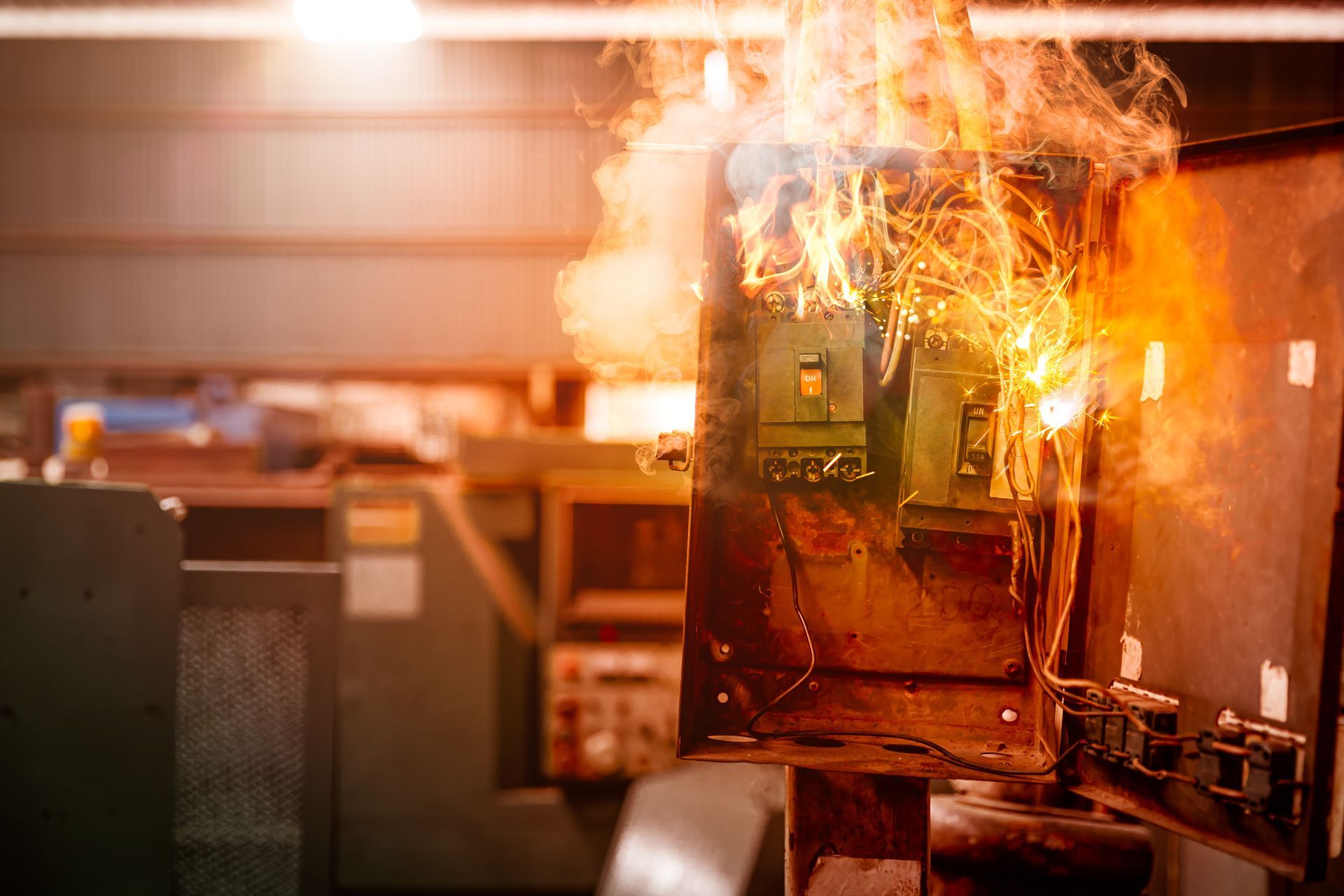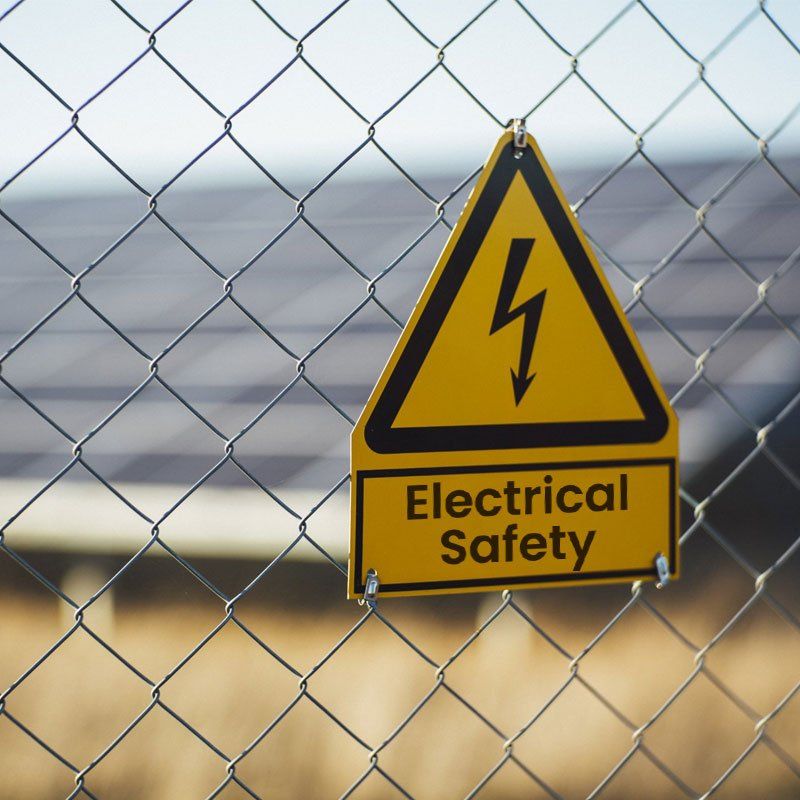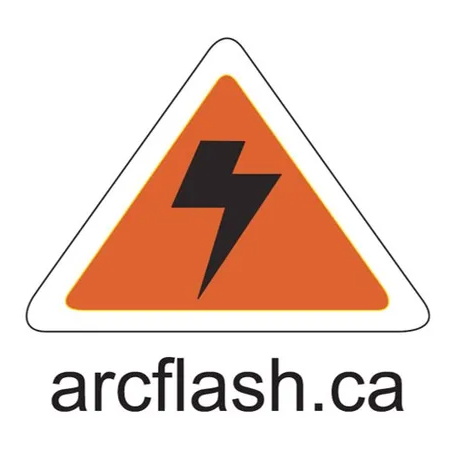Why Electricians Need Arc Flash Training (And How to Get)
Working with electricity comes with inherent risks, and one of the most dangerous hazards is an arc flash. Every year, countless electricians, safety managers, and construction supervisors face incidents related to arc flash, which can cause severe injuries, equipment damage, and even fatalities. The solution? Comprehensive arc flash training.
For electricians, staying safe isn’t just about wearing the right personal protective equipment (PPE); it’s about understanding the risks, knowing how to prevent accidents, and being confident in addressing safety challenges. If you're in Hamilton or nearby, arcflash.ca offers high-quality training to equip you with this crucial knowledge.

What Is an Arc Flash?
An arc flash occurs when an electric current leaves its intended path and travels through the air from one conductor to another or to a ground. This release of energy can cause:
- High heat and burns
- Loud explosions leading to hearing damage
- Blinding light resulting in vision loss
- Shockwaves strong enough to knock workers off their feet
Understanding the science behind an arc flash is key to preventing these incidents and staying safe on the job.
Why Arc Flash Training Is Essential
No matter how skilled or experienced an electrician is, arc flash accidents can still happen without proper training and stringent safety protocols. Here’s why arc flash training should be a non-negotiable requirement for electricians:
1. Compliance with Safety Standards
Standards like CSA Z462 outline the requirements for workplace electrical safety, and ensuring compliance protects businesses and workers alike. Specialized training provides insight into maintaining these standards effectively.
2. Preventing Workplace Injuries and Fatalities
A single arc flash incident can change lives in an instant. Training educates electricians on identifying hazards and implementing preventative measures to protect themselves and their colleagues.
3. Proper Use of PPE
Training covers knowing when and how to use essential PPE, from gloves rated for high voltage to face shields and flame-resistant clothing. Wearing the right gear can make the difference between a close call and a catastrophe.
4. Reducing Downtime and Costs
An arc flash incident doesn’t just put lives at risk; it can also cost companies significant money due to equipment damage, medical bills, fines, and lost productivity. Training helps minimize these risks, saving time and money.
5. Building Confidence and Awareness
Understanding how to assess risk and respond to emergencies enables electricians to approach their work with greater confidence. This skill alone can significantly reduce hesitation and errors under pressure.
How to Get Trained in Arc Flash Safety
If you're based in Hamilton or nearby, arcflash.ca offers top-notch arc flash training designed with electricians, safety managers, and construction supervisors in mind. Their services include:
- On-Site Training: Hands-on training sessions tailored specifically to your workplace environment and equipment.
- PPE Requirements: Education on selecting and using the right PPE for the job.
- Customized Safety Programs: Programs developed to fit the unique needs of your business or team.
- Electrical Safety Consulting: Beyond training, they provide audits and consulting to ensure that your workplace meets the latest safety standards.
With years of experience and a commitment to worker safety, their team combines classroom sessions and real-world expertise to offer effective, practical training solutions.
Be Prepared, Stay Safe
Arc flash incidents don’t just happen to "someone else." They’re a real and present danger in any environment where electricity is involved. Whether you're an electrician handling high-voltage systems, a safety manager responsible for compliance, or a construction supervisor overseeing workers, investing in arc flash training is critical to not only protect lives but also promote a safety-first culture.
If you’re in Hamilton, reach out to arcflash.ca to get started with expert training and consulting. Protect your future—because when it comes to electrical safety, there’s no room for shortcuts.
For more information and to schedule training, visit arcflash.ca or call 905-691-2880 today!
